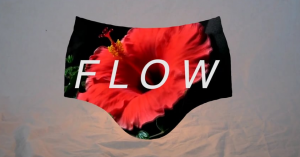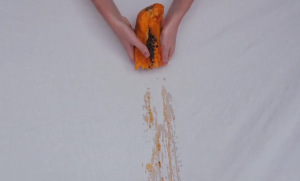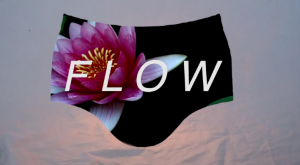Throughout the semester The Art of Persuasion has been attempting to answer the guiding question of the studio: How do we make documentary that is poetic and political? As a starting point we attempted to answer the questions ‘Can something be both political and poetic?’ and ‘What is the role of formal experimentation in political documentary?’ After viewing different forms of political and poetic documentaries in class and at home, I came to the conclusion that something can definitely be political and poetic simultaneously, and that political documentary can benefit from the use of poetics. Joshua Oppenheimer’s The Act Of Killing was my primary example of a documentary film being both political and poetic, with formal experimentation being used in pursuit of emotional impact.
For Project Brief 3 we were required to produce two micro-documentaries that responded to a social or political phenomenon. One had to be made up by found footage and the other was to be shot by us, with neither films allowed to contain interviews. Elaine, Daniel and I decided to respond to the idea of restrictions, with the found footage film concentrating on the restrictions placed on us by technology and the film shot by us looking at the idea of restrictions in public places.
Although I am happy with the films we produced I feel that although they addressed a political issue, they weren’t particularly poetic. Both films relied heavily on irony, and whilst that is a poetic device I knew I wanted to make something a little more traditionally poetic visually for the next assignment. I thought Evan and Kirralee’s shot film responding to suicide rates among LGBTIQ youth was a really good mix of being both political and poetic, as well as Ruby and Patrick’s.
For Project Brief 4 we were required to create a short documentary film that offered a social critique or raised a political demand, complying with at least three formal constraints provided. Initially I was going to work only with Elaine for this project, but after pitching our idea to focus on the social stigma surrounding periods, Ruby asked if she could work with us and we were happy for her to join. In order to make this documentary both political and poetic, we decided to use spliced up interviews from four different perspectives as our primary audio, while the visual side focused on beautiful, natural imagery projected onto a pair of underwear. We attempted to have the interviews come together as one collaborative story about the natural process of getting and having your period in order to raise awareness of the social stigma and embarrassment that still surrounds periods. Although we ended up scrapping the idea of physically projecting imagery onto a pair of underwear, the general effect was achieved by placing an underwear shaped mask over the images of flowers and nature in the editing process. We hoped this would highlight the connection between nature and periods, encouraging the audience to see periods as a nature part of a cy
were happy for her to join. In order to make this documentary both political and poetic, we decided to use spliced up interviews from four different perspectives as our primary audio, while the visual side focused on beautiful, natural imagery projected onto a pair of underwear. We attempted to have the interviews come together as one collaborative story about the natural process of getting and having your period in order to raise awareness of the social stigma and embarrassment that still surrounds periods. Although we ended up scrapping the idea of physically projecting imagery onto a pair of underwear, the general effect was achieved by placing an underwear shaped mask over the images of flowers and nature in the editing process. We hoped this would highlight the connection between nature and periods, encouraging the audience to see periods as a nature part of a cy cle in a poetic way. The three formal constraints we complied with were no interviews, no voiceover and non-photo realistic imagery. Although we used interviews in our film they were cut up in an untraditional way, and the audience never sees what the interview subjects look like. By using found footage within an underwear shaped mask we made the film feel non-photo realistic, as well as using fruit as a metaphor for periods/vaginas. Furthermore, we decided to use footage of a candle burning shot by Ruby as our background, with the underwear mask hiding the candle. This made the general aesthetic ten times better, with the glow of the candle achieving a warm, natural effect.
cle in a poetic way. The three formal constraints we complied with were no interviews, no voiceover and non-photo realistic imagery. Although we used interviews in our film they were cut up in an untraditional way, and the audience never sees what the interview subjects look like. By using found footage within an underwear shaped mask we made the film feel non-photo realistic, as well as using fruit as a metaphor for periods/vaginas. Furthermore, we decided to use footage of a candle burning shot by Ruby as our background, with the underwear mask hiding the candle. This made the general aesthetic ten times better, with the glow of the candle achieving a warm, natural effect.
The final product of Project Brief 4 is the thing I’m the proudest of from the semester, as I feel that we managed to take a social/political issue and present it in a beautiful, poetic way. Initially I was a little worried about it turning out a little too cheesy, which I think can be a risk when working with metaphoric, natural imagery but I think we avoided that and it came together beautifully. The aim of the film was to de-stigmatise periods by having people talk openly about it and associating the process with the natrual cycle of life and i feel we achieved that.
